By: Nicole Campbell
This past weekend, while Canadians everywhere were cooking turkey, it felt only right to catch one. When informed that wild turkeys were sadly not indigenous, I settled to join an ancient hunting team in the West of France near Anjou.
The hunt transported me to 17th century France, a time of kings and nobility. It began Saturday morning, meeting a long time member of the hunting group to help him load his horse and drive to the forest together.
Our guide awaited outside his large stone chateau, readying his horse. I struggled not to stare at his ensemble: white shirt with puffs and frills, red velour vest, green corduroy slacks and knee-high black leather hunting boots. I later learned that this is their casual wear. Soon they will celebrate the partron saint of hunting, Saint Hubert, with a grand fete, after which they will wear their finest black velour. (apparently not an oxymoron)
We drove for hours, finally arriving to a stretch of deserted highway lined by cars and horses.
The morning began with everyone shaking hands, greeting each other with a bonjour, a bisous on each cheek, and an introduction. The cast of characters was an interesting sight, from men and women on horses dressed in fine tailored clothing to farmers in warn and dirty jeans, come with their family to trail the hunt by foot. Each greeted each other warmly, without reservation.
The official ceremonies began with a hunters meeting, men from the group formally stepping forward to present where the deer had been spotted that morning.
The hunt unfolds as such: A team of dogs attempts to find one deer, which once found, they exclusively follow- all the while being trailed by men and women on horse. When the deer can run no longer the dogs encircle it, after which one of the hunters kills the deer quickly with a lance. Much pomp and ceremony follows.
Yet following and tiring the deer is not easy. Not only can a deer run 30 kilometers in an afternoon, dashing from one forest to another, its scent also changes as it perspires, the dogs working harder to catch its scent just as they tire from the run. The men and women on horse follow the dogs’ nose and guide them when they separate, using horns to communicate. Even with the help of 60 dogs and 20-odd men on horse, the hunt is only successful half the time. If caught the the deer is veneered, not a piece wasted, each hunter mindful of the work, luck and sacrifice of the day.
The most amazing part of the hunt were the dogs. Sixty hunting dogs owned by the equipage sprinted, sniffed, and panted through the day.

It was truly an amazing things to watch, pedaling along on a mountain bike. If the horses and dogs weren’t enough to take in there were also the chatty spectators- farmers and townspeople, children and grandparents- on bikes and on foot, a community brought together by an ancient tradition. “French kings hunted the same way centuries before”, I was proudly told, “we are a living history.”

I was lucky enough to see the deer run just in front of me, strong and beautiful. The hunters blew their horns three times, signaling the deers location as the dogs sprinted after it.
The landscape was stunning, the deer leading us through 4 different forests, each with its own landscape.
The deer was spotted in a near-by lake, the hunters horns ringing loudly, muted only by the barking of dogs. Spectators on foot gathered around the lake, minutes after the deer had fled, discussing it’s beauty, where they thought it was headed and the hunts of years past.
The day proved lucky for the deer, the afternoon sun and hours of running wearing on the dogs, soon more interested in a drink than a chase.
A few of the leaders met up, deciding how to proceed.
After much gesticulation ending in heads hung in defeat, the hunt was called off- the weather too hot for the dogs, the day too long for the men.
Everyone asked me if I was disappointed, well as a mostly vegetarian who hoped for the luck of the deer… not quite.
The hunt was one of the most traditional, powerful days I have experienced, adding a new layer of perspective to a meal’s meat. My Canadian thanksgiving saw no turkey, but the costumes, congeniality and beauty of the day were almost as good as my mother’s stuffing.
 Nicole Campbell is a wine blogger and all around worker bee for Lifford Wine Agency, Ontario’s largest supplier of wine to the hospitality industry. Currently living in Bordeaux, getting first hand experience as a stagiaire for negotiant Compagnie Medocaine. Follow her on twitter @liffordnicole.
Nicole Campbell is a wine blogger and all around worker bee for Lifford Wine Agency, Ontario’s largest supplier of wine to the hospitality industry. Currently living in Bordeaux, getting first hand experience as a stagiaire for negotiant Compagnie Medocaine. Follow her on twitter @liffordnicole.

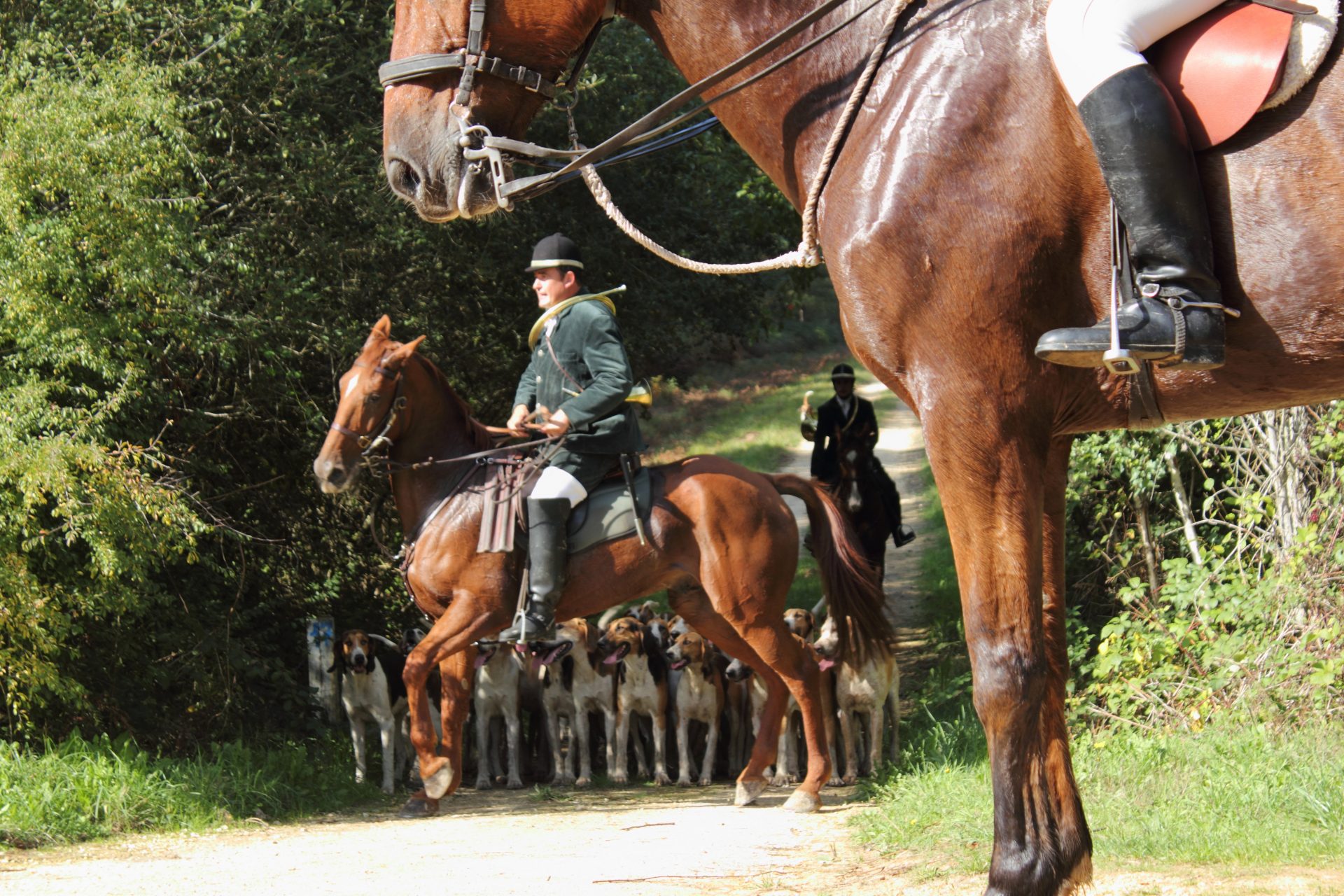










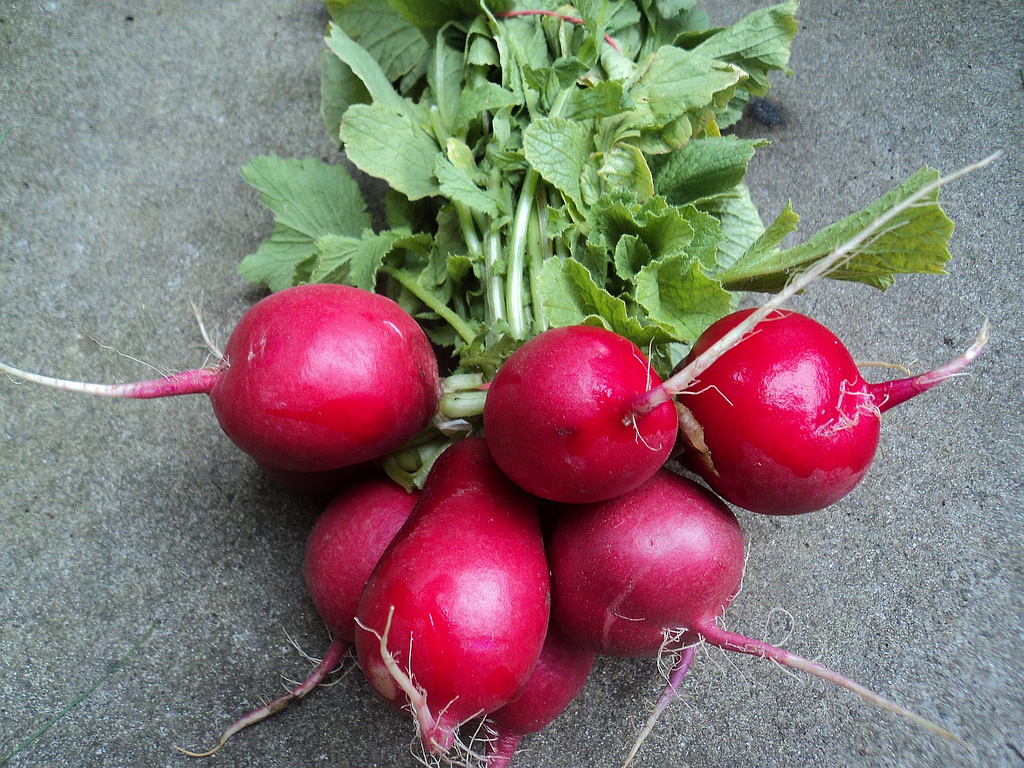
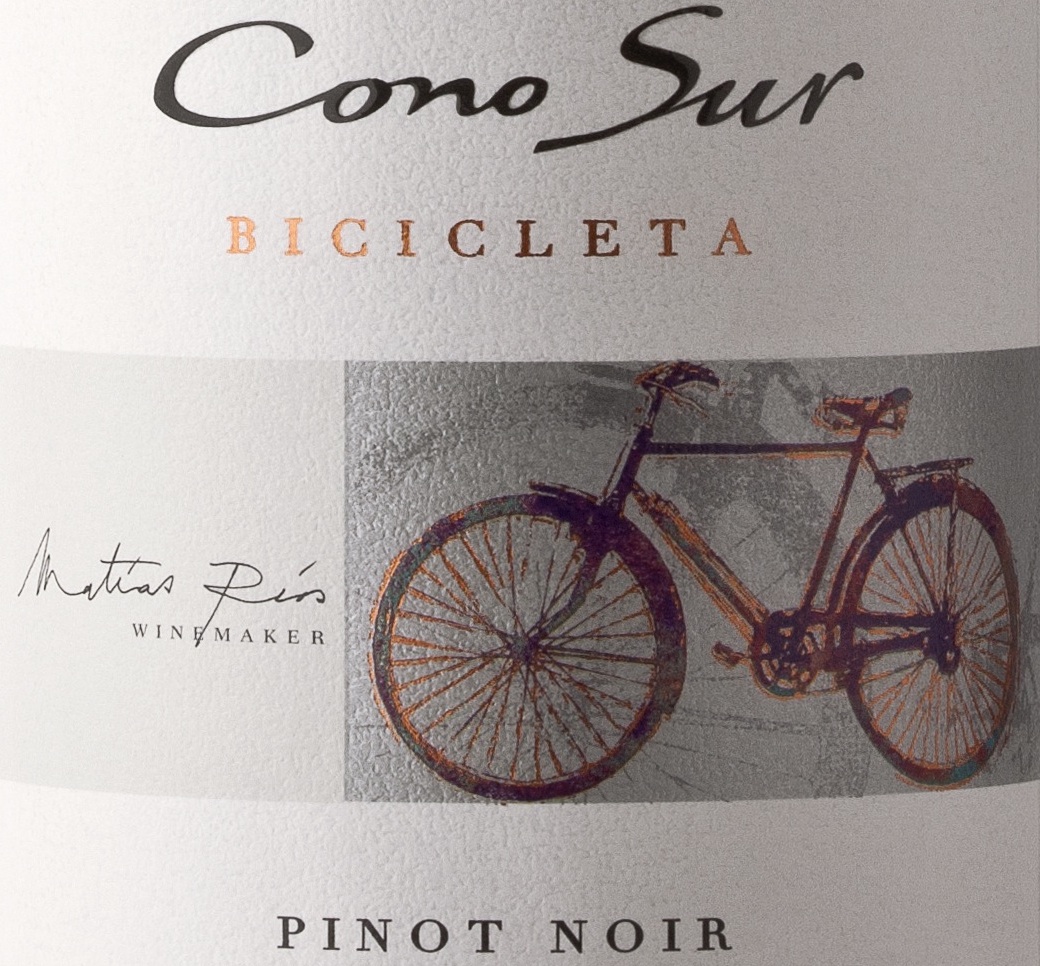
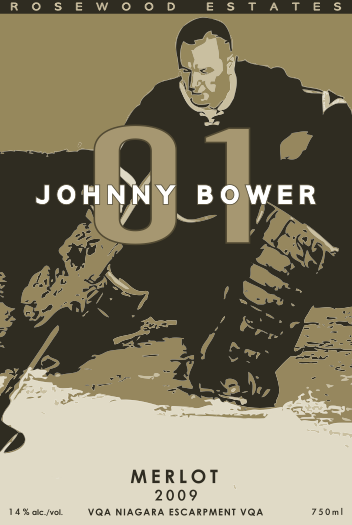
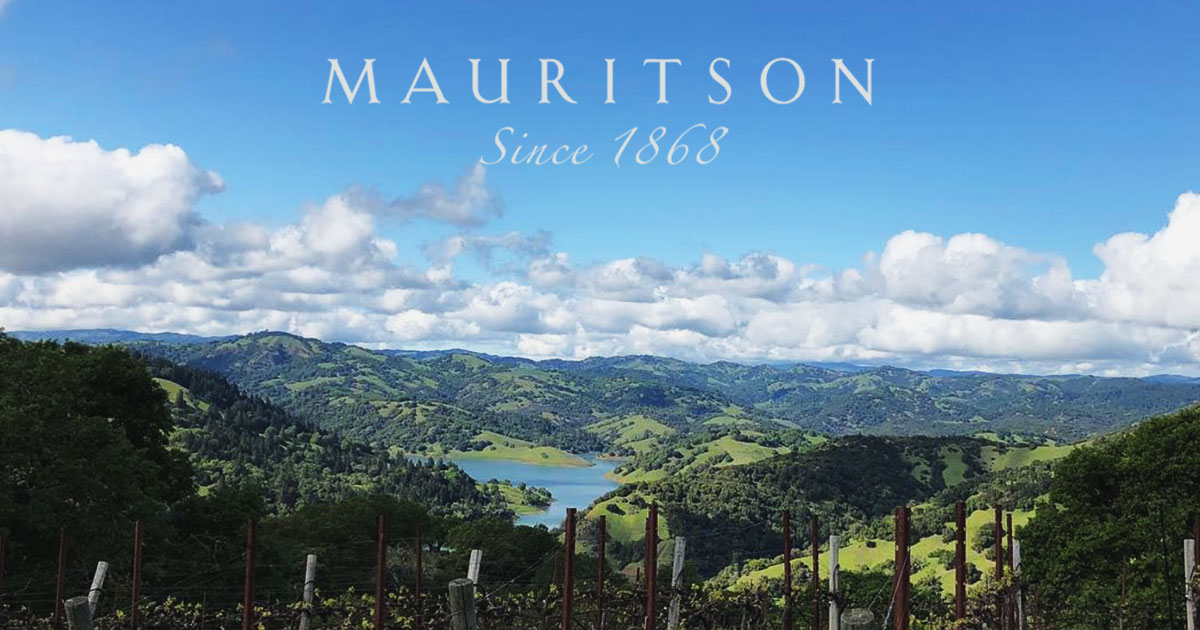

Great story Nicole, thanks. This hunt–a deer frightened and exhausted for a full day by a pack of dogs and old men in funny costumes–really puts European complaints about Canada’s seal hunt into perspective.
Merci Nicole, I really enjoyed your piece.
Thanks Bernard and David, was certainly an experience.
I am going to try to visit after the celebration of Saint Hubert to see the hunt in its full glory. (I was told- in typical French politeness- that I would need to buy something ”more classical” for the occasion). Really, I just want to find my way onto one of those horses!